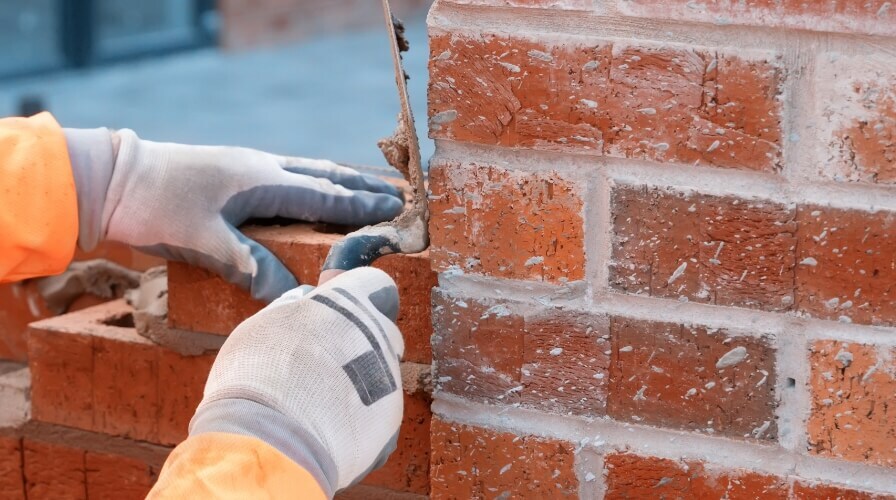What is a raft foundation? Pros, cons & types
Foundations are the first part of a construction project and one of the most critical elements. One type of foundation used for larger buildings is a raft foundation.
Find out more about raft foundations below but please just note – this is general info. Every project is different so if you are at all unsure about your particular project it’s best to seek appropriate specialist advice. Where applicable work must be carried out by a qualified professional. Always follow manufacturer’s instructions advice and ensure compliance with any applicable laws or regulations.
What is a raft foundation?
A raft foundation is a strong concrete base that holds up buildings, bridges, tanks and other structures. The flat block helps spread the weight of the building out over a big area so it doesn't sink into the ground.
Raft foundations are normally used in places without strong soil, like soft clay or sand - they float on the soil and can be good to use where other foundation types wouldn’t work.
A raft foundation is made of a thick, strong piece of concrete held up by a grid of steel bars. This helps stop it from being bent or broken by heavy weights and sinking into the ground. How thick and deep it is depends on how heavy the building is and what the ground is like.
Raft foundation types
There are many types of raft foundations. However, the main ones are:
- Solid slab raft foundation
- Slab-beam type raft foundation
- Cellular raft foundation
- Piled raft foundation
Solid slabs are the most popular type of raft foundation. This is where all the foundation is one solid, reinforced concrete slab.
A slab-beam raft foundation has beams and thick edges. The beams and edges make the foundation stronger.
Cellular raft foundations have spaces (cells) in the slab, making them lighter than other types.
A piled raft foundation is often used in places with really bad soil – piles are put deep in the ground to give it more support.
What raft foundation type you choose depends on many things like how heavy the building is, the soil and the building's needs. A structural engineer can help pick the best type of raft foundation for a project.





